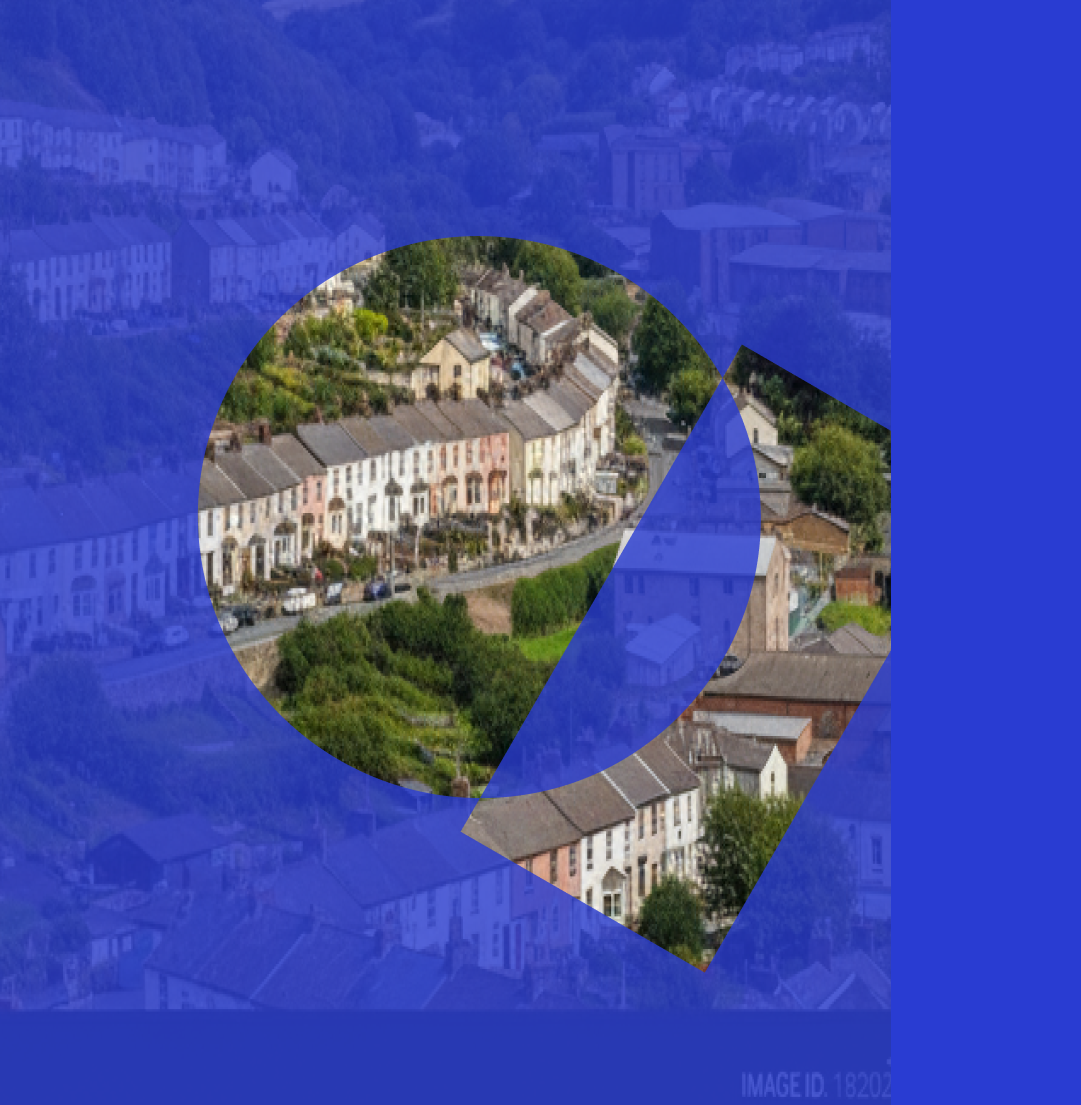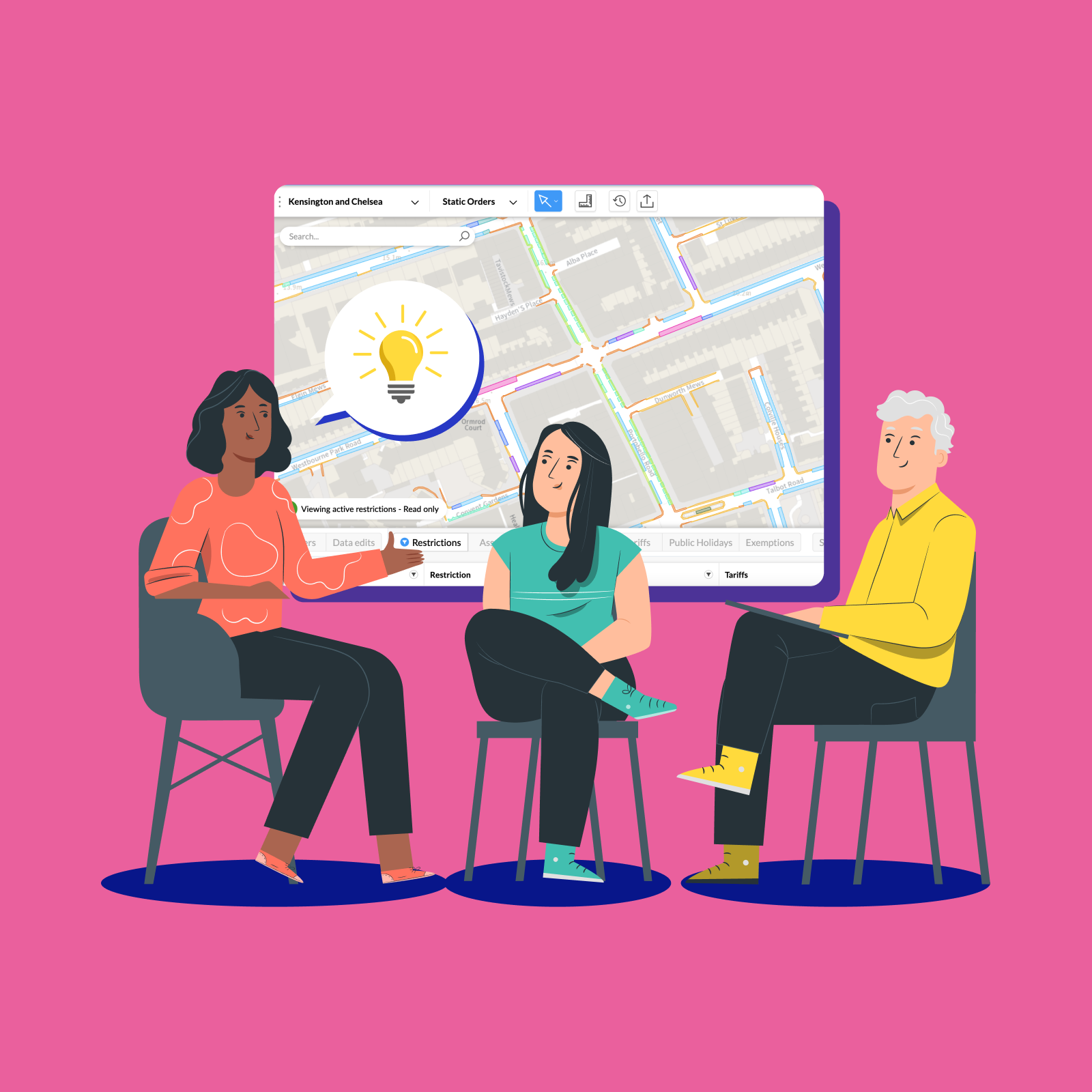A global crisis such as a pandemic tends to leave its mark on cities and its populations, both temporary and permanent. With shutdowns, lockdowns and stay at home orders in place, many cities have experienced rapid change, with the virus leaving its mark quicker than anticipated. Whilst many of the changes felt in towns and cities have negatively impacted residents and businesses, with the closure of non-essential retail, hospitality and entertainment, other outcomes have been unexpected and far more positive.
Overnight cities emptied. Not of people, but of vehicles. Demand on road networks across the globe has plummeted and cities are noticing the difference.
Through a local lens, AppyWay is based in London and private car journeys in the city are the lowest they have been in decades. Congestion is non-existent, toxic pollution has decreased by 50% in the city’s busiest spots, and Londoners are stopping to smell the roses without the noise and fumes normally associated with inner city living.
The changes in transport and leisure behaviour have been dramatic. A city filled with people who on a normal day pack out the trains, buses, offices, restaurants and bars are now working from home and when outside, trying best to adhere to the 2m distance rule to limit the spread of the virus.
Restrictions on everyday life, mixed with our limited time outside and a huge reduction in vehicles on our roads, has us suddenly reclaiming space normally given over to cars. So much so that bike shops are seeing a dramatic increase in business, selling new models and repairing old ones as Londoners dig out their bikes from garages, sheds and lofts. With vehicle usage down, some cities are even providing additional road space to cyclists to help them keep their distance from one another with Berlin leading the charge. Similar initiatives are being looked at in the UK, with cycling bodies calling on the government to increase cycling space on UK roads.

Should space for cycling be increased to aid in social distancing?
London’s kerbside is undergoing a temporary revolution encouraged by our lockdown behaviours.
But even as restrictions are lifted, it is highly unlikely that the public’s behaviour will snap back to that of pre-pandemic. The need for social distancing will remain, and for those living within large cities already bursting at the seams with congestion, the choice could be between a private car journey or to travel by foot, bike or even e-scooter.
Regardless of how behaviour change becomes embedded or evolves, the key question is –
Can cities leverage this opportunity? Is the time ripe to rethink the way we manage and prioritise use of kerbside infrastructure and how will authorities go about it?
The opportunity for change is unprecedented and many areas of the public sector have been quick to pivot, removing red tape to help cities rapidly adapt during the pandemic. Field hospitals have been built, armies of volunteers have been mobilised, and swift action has been taken to remove parking charges for NHS and essential workers. Most of these have been central government led initiatives with the assistance of local governments.
Every town and city though, has its own unique problems and in some instances change can be impeded rather than facilitated by central government. This is being felt more keenly by city planners who, faced with the sudden utopia of car free cities, find central government red tape prevents them from making permanent changes for the benefit of their cities.
The kerb is something that has historically been legislation heavy making change slow and cumbersome. At AppyWay we have been championing dynamic kerbs and dynamic traffic orders as a requirement for future transport policy. Dynamic kerbsides would enable local authorities to experiment with more advanced demand management tools, allowing them to push through changes quickly and turn temporary schemes into permanent features within their communities. For more on how digitised and dynamic kerbs can benefit local authorities head over to our recent article –
There are, however, examples where red tape can be pushed aside for the greater good of adapting to the new normal of this pandemic. Milan for instance has announced an ambitious plan to turn 35km of its cities streets over to pedestrians and cyclists as it looks to continue the trend of lower pollution levels and create space for people to move around the city whilst adhering to social distancing. Milan officials have seen a way to reimagine their kerbspace in a way that aims to benefit the city immediately and continue reaping benefits once the pandemic is over.
Milan isn’t the only city making such changes, similar initiatives are happening, albeit currently only temporary ones, across the globe, such as in Oakland, California where access to vehicles on nearly 74 miles of city street is being restricted to create more space for leisure activities. In the UK, Brighton is opening part of the seafront, Madeira Drive, only to pedestrians and cyclists from 8am-8pm, and closer to home in Barnes, businesses and residents have coned off part of the road outside shopping areas to increase pedestrian space and help people to keep their distance from each other. This type of tactical urbanism can be leveraged by local governments to make quick progress by testing and piloting projects and to help demonstrate their value to the community. Potentially turning a temporary pandemic induced change into something more permanent.
If there’s anything that the past pandemics can show us, it’s that challenging times can breed innovation and change. The way cities react and leverage the opportunities coronavirus will inadvertently bring has the potential to ensure this virus leaves a positive mark on our towns and cities.
The changes made today could shape the way we live and travel in cities for the next decade. The kerbside has never been more ready.
Want to hear more from AppyWay? Sign up to our newsletter to get all the latest news and insights direct to your inbox.




